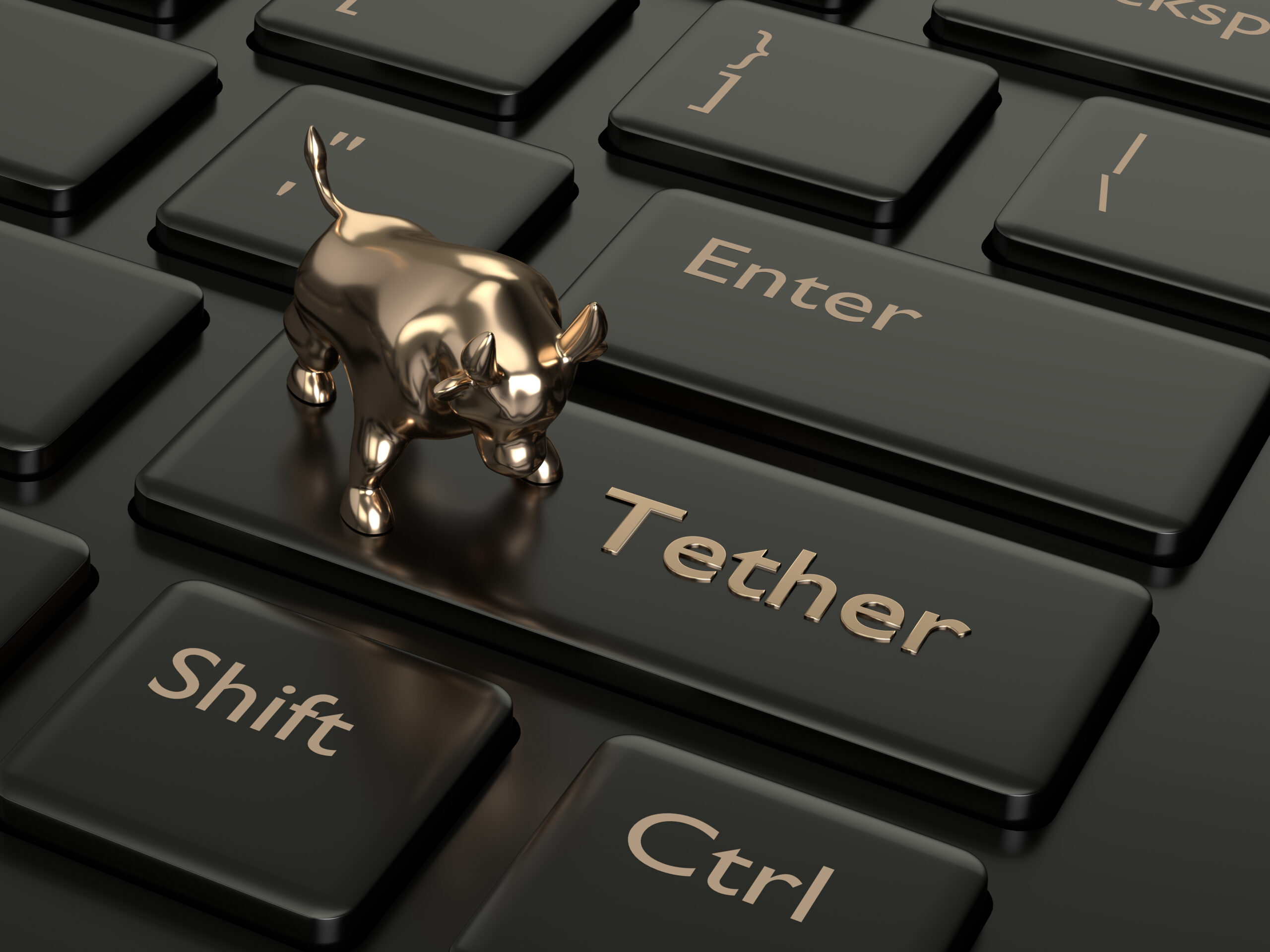Tether still can’t reassure insiders about its reserves. Find out why this is an issue for all crypto investors, whether or not they own USDT.
If you invest in digital assets, you’re likely no stranger to the risks of cryptocurrency. Almost every crypto conversation or article raises at least one reason to worry. Volatility? Limited investor protections? High potential for fraud? Take your pick.
Even so, there’s one risk that doesn’t get anywhere near as much airspace as it should: stablecoin Tether (USDT 0.02%). Stablecoins are pegged to real-world commodities like the U.S. dollar. They act as a bridge between crypto and fiat markets and play a key role in decentralized finance.
However, authorities worry they offer bank-like services without following the same regulations. That concern applies to all stablecoins to some degree, and Tether in particular. Tether is the biggest stablecoin by market cap, and authorities have already fined the organization for misleading investors.
To put it another way, a cornerstone of crypto was probably built on shaky foundations. Moreover, a collapse of Tether would be devastating for the whole industry.
Does Tether have enough real-world cash?
In theory, each USDT (Tether’s token) is backed by real-world assets — aka money in the bank. That’s how centralized stablecoins like Tether and its biggest competitor, Circle’s USD Coin (USDC -0.01%), maintain their value.
Unfortunately, many insiders believe Tether lacks enough cash on hand. If there was a run on USDT, they question whether everybody would get their money back. That’s worrisome, given it’s a cryptocurrency with a market cap of over $140 billion.
In fairness, Tether claims each USDT is fully backed. It publishes quarterly reserves reports from major accounting firm BDO Italia on its website. The latest one showed Tether had more than enough funds, the majority of which are held in U.S. Treasury bills.
This hasn’t been enough to reassure Tether’s critics. So much so that a December Bloomberg opinion piece warned, “Left unchecked, the stablecoin could threaten both national security and financial stability.”
That’s partly because BDO’s USDT report is an attestation, not an audit. An attestation examines the data a company presents rather than taking a deep dive and actively looking for potential risks. Plus, Tether has a history of being less than transparent.
In 2021, the Commodity Futures Trading Commission (CFTC) fined Tether $41 million for its misleading claim that USDT was fully backed. Investigators examined a 26-month period between 2016 and 2018, during which Tether didn’t have enough cash for over 70% of the time.
Tether is still in regulators’ crosshairs
European regulators recently introduced new Markets in Crypto-Assets (MiCA) rules. These rules, which took effect at the start of 2024, require major stablecoins to keep 60% of their reserves in cash deposited in regulated banks.
Perhaps unsurprisingly, Tether refuses to play ball. As a result, Kraken, Coinbase (COIN -8.27%), and Crypto.com will delist USDT for their E.U. customers. We don’t yet know what steps the U.S. will take, though the new administration is considering a new regulatory framework for crypto.
Reserves aren’t the only issue. Last October, The Wall Street Journal reported that Tether faces federal investigations for possible sanctions violations and breaking anti-money laundering rules. Tether CEO Paolo Ardoino strongly refuted these accusations and said the story was based on “rank speculation.”
What Tether’s troubles mean for investors
As a long-term crypto investor, it is easy to become immune to warnings of impending doom, particularly if you’re already managing risk by focusing on the coming decade (or longer) and ensuring crypto represents only a small portion of your portfolio.
Nonetheless, Tether is a significant player in the crypto industry. As such, the continued questions make it somewhat of a sword of Damocles that hangs over our portfolios. If nothing else, it’s a stark reminder only to invest money you can afford to lose.
The good news is that investors can decrease Tether’s dominance. For example, you can buy Circle’s USDC instead of USDT. Circle is more transparent about its reserves and works hard to comply with regulations. In case you were wondering, USDC has MiCA approval.
Tether won’t disappear overnight. However, a gradual shift to less-risky stablecoins would strengthen both your portfolio and the crypto industry as a whole.

